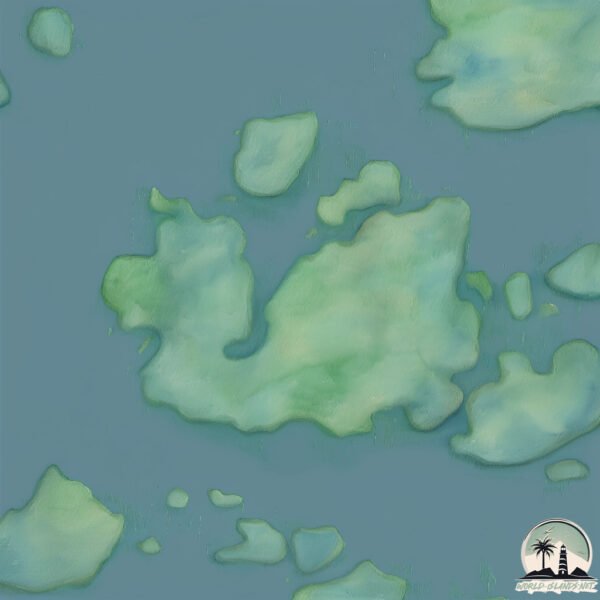Welcome to Verdugo , a Temperate island in the South Pacific Ocean, part of the majestic Pacific Ocean. This guide offers a comprehensive overview of what makes Verdugo unique – from its geography and climate to its population, infrastructure, and beyond. Dive into the details:
Geography and size of Verdugo
Size: 23.6 km²Coastline: 38.1 kmOcean: Pacific OceanSea: South Pacific OceanContinent: South America
Verdugo is a Medium Island spanning 24 km² with a coastline of 38 km.
Archipel: –
Tectonic Plate: South America – A major plate covering the South American continent and part of the Atlantic Ocean, known for the Andes mountain range and significant seismic and volcanic activity.
The geographic heart of the island is pinpointed at these coordinates:
Climate and weather of Verdugo
Climate Zone: TemperateClimate Details: Temperate Oceanic ClimateTemperature: Warm Summer
Climate Characteristics: Known for its moderate year-round temperatures with ample rainfall and no dry season. Warm summers are characteristic.
Topography and nature of Verdugo
Timezone: UTC-04:00Timezone places: America/La_PazMax. Elevation: 196 m Mean Elevation: 74 mVegetation: Evergreen Broadleaf ForestTree Coverage: 100%
The mean elevation is 74 m. The highest elevation on the island reaches approximately 196 meters above sea level. The island is characterized by Plains: Flat, low-lying lands characterized by a maximum elevation of up to 200 meters. On islands, plains are typically coastal lowlands or central flat areas.
Dominating Vegetation: Evergreen Broadleaf Forest
Vegetation: 5 vegetation zones – Highly Diverse Island
Infrastructure and Travelling to Verdugo
Does the island have a public airport? no .
Does the island have a major port? no .
The mean population of Verdugo is 0 per km². Verdugo is Uninhabited. The island belongs to Chile .
Continuing your journey, Sanchez is the next notable island, situated merely km away.
Can You Survive RE4R if Every Enemy Is a Verdugo? [An Impossible Challenge...]
Thanks to the Biorand Team and modder IntelOrca, Resident Evil 4 Remake finally has a randomizer which allows us to swap out ...
Can You Survive RE4R if Every Enemy Is a Verdugo? [An Impossible Challenge...]
Thanks to the Biorand Team and modder IntelOrca, Resident Evil 4 ...
Thanks to the Biorand Team and modder IntelOrca, Resident Evil 4 Remake finally has a randomizer which allows us to swap out ...
The developers really thought of everything..
Please subscribe if you enjoy my gaming memes
Why did they have to ...
Please subscribe if you enjoy my gaming memes
Why did they have to put invisible walls in front of Ashley.
The Merchant Insults You For Getting All Upgrades - Resident Evil 4 (2023) Easter Egg
Chile is classified as Emerging region: G20: Group of Twenty – Major economies comprising both developed and emerging countries, representing the world’s largest economies. The level of income is Upper middle income.
News – Latest Updates and Headlines from Verdugo
Stay informed with the most recent news and important headlines from Verdugo. Here’s a roundup of the latest developments.
Loading...
Please note: The data used here has been primarily extracted from satellite readings. Deviations from exact values may occur, particularly regarding the height of elevations and population density. Land area and coastline measurements refer to average values at mean high tide.

